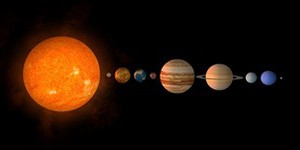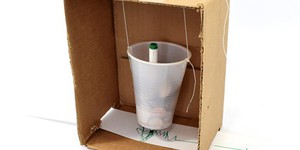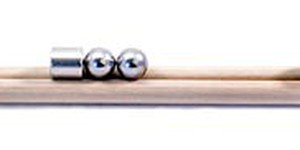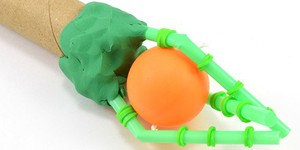All Resources (top 2,000 results)
|
Select a resource
Sort by
|
STEM Activity
51 reviews
Did you know that there are more planets than stars in our galaxy? All of these planets circle around a star, but only eight of them—Mercury, Venus, Earth, Mars, Jupiter, Saturn, Uranus and Neptune—circle around the Sun—the star in our solar system. This activity explores the relative size of these eight planets. Is one bigger than the others, or are they all about the same size?
Read more
STEM Activity
180 reviews
Scientists study earthquakes so we can understand them better and hopefully one day predict them so we can save thousands of lives. A seismograph is a tool scientists use to record earthquakes and measure their strength. In this activity you will build your own seismograph using simple materials.
Read more
Project Resource
What's an Abstract?
An abstract is an abbreviated version of your science fair project final report. For most science fairs it is limited to a maximum of 250 words (check the rules for your competition). The science fair project abstract appears at the beginning of the report as well as on your display board.
Almost all scientists and engineers agree that an abstract should have the following five pieces:
Introduction. This is where you describe the purpose for doing your science fair…
Read more
Astronomers can figure out what distant stars are made of (in other words, their atomic composition) by measuring what type of light is emitted by the star. In this science project, you can do something similar by observing the color of flames when various chemicals are burned.
Read more
Blog Post
Use these free STEM lessons and activities to teach about electromagnetism.
Independently, electricity and magnetism are both powerful concepts in physics. Electromagnetism is the study of how electricity and magnetism can work together, and electromagnetism is one approach to generating electricity.
Teaching students about electromagnetism helps them synthesize what they know about magnets and electricity to see how they can work together. The…
Read more
What can you do with magnets and ball bearings that makes a lot of noise? Why, build a magnetic linear accelerator, called a Gauss rifle, of course! Now, this magnetic accelerator is not a weapon, but a way for you to learn a lot more about physics concepts, like momentum. In this physics science project, you will investigate how far a ball bearing launched by a Gauss rifle will fly, depending on how many magnetic acceleration stages are in the setup and the ball bearing's initial velocity.…
Read more
Blog Post
Use these free STEM lessons and activities to explore the science of sound.
The free STEM lessons and activities below help you teach students about the science of sound, from learning about the relationship between sound waves and vibration to understanding amplitude, frequency, and pitch. In these activities, students can experiment with sound waves by building and testing a variety of simple instruments and noise makers, including rubber band…
Read more
STEM Activity
154 reviews
Do you know anyone who has had a hand or an arm injured in an accident? What if you could build them a robotic hand to help them accomplish everyday tasks like writing, picking up a glass, or opening a door? This activity will show you how to build a simple robotic hand using common household materials.
Read more
Lesson Plan
Grade: 6th-8th
23 reviews
In this lesson, students will model how traits are passed on from parents to their offspring by creating baby aliens based on their parents' traits. As students compare the physical features of their alien families, they will be able to make the connection between an organism's genotype and phenotype. Students will also learn the difference between dominant and recessive traits.
Read more
NGSS Performance Expectations:
Blog Post
Use these free STEM projects, lessons, and activities to help students get hands-on exploring and learning about solar system science.
The Earth, the Moon, the Sun, and space are concepts students identify early on. The names of the planets quickly follow, along with stars and the reality that the Sun, too, is a star and is the closest star to Earth. Students learn that the Earth is one of eight planets in our solar system, a group of planets that…
Read more
|
Explore Our Science Videos
Dancing Robot
Balloon Car: 2015 Engineering Challenge
Marble Machine: 2016 Engineering Challenge














